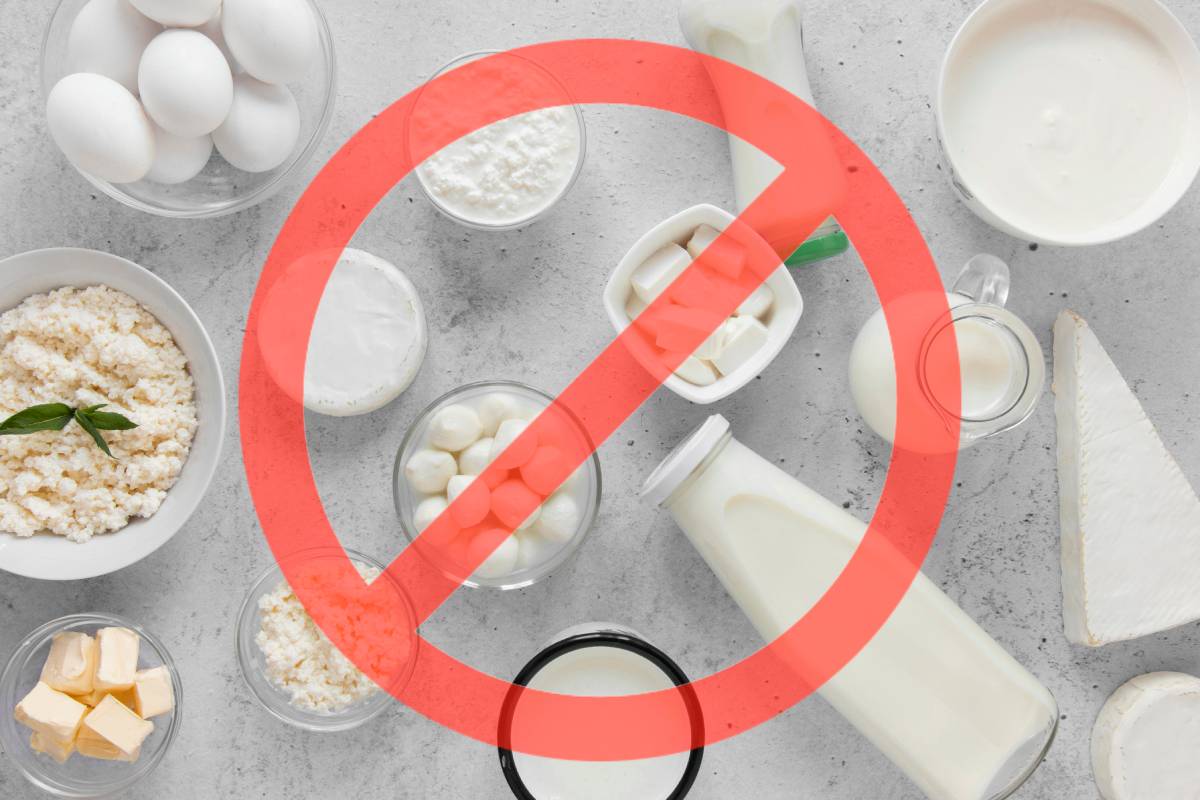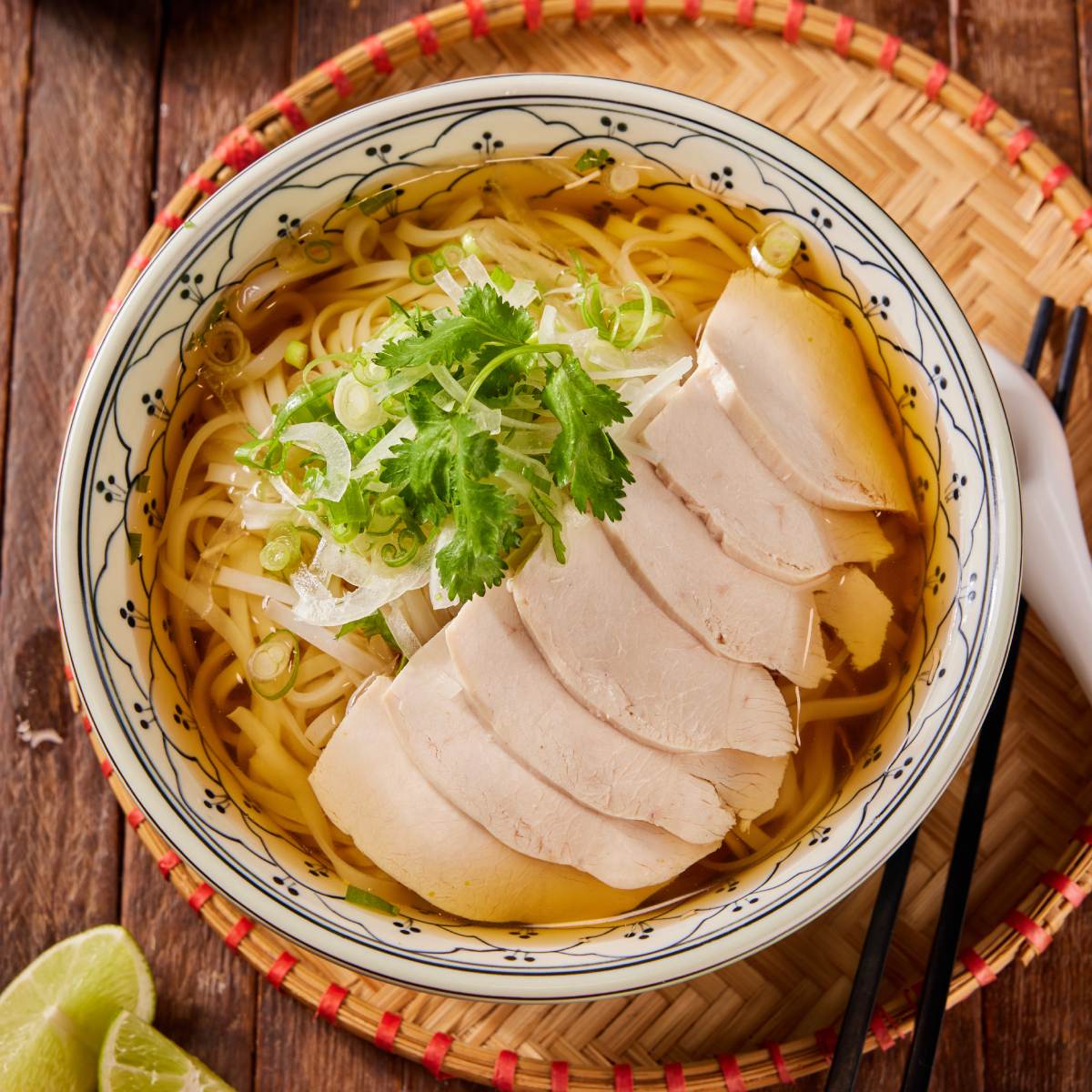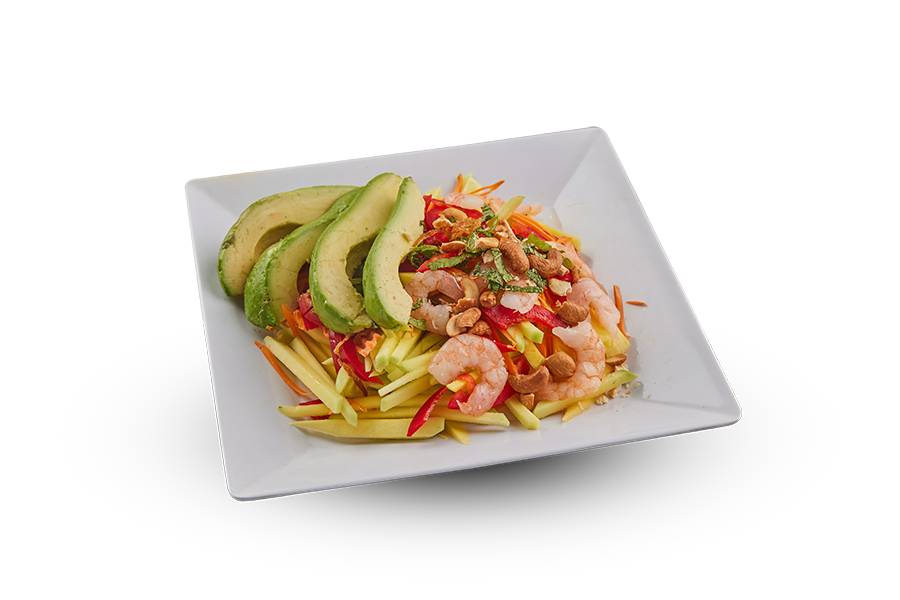Pho and ramen are both well-known worldwide, pho being from Vietnam and ramen from Japan.
In the past decade, pho and ramen have seen quite a surge of interest in Toronto and North America in general. Our restaurant, Toronto Pho, for example, is built around the interest and popularity of pho. There are also ramen-based restaurants in cities across Canada focused exclusively on doing ramen right.
If you haven’t tried pho or ramen yourself, we’re sure you know of someone who has. Putting similarities aside, it’s the differences we want to focus on to ultimately declare a winner in the debate between pho and ramen. Which is better… well, that’s for you to decide.
How Is Pho Prepared?
Pho is made from broth, meat, herbs, and rice noodles. The meat can be switched out for vegetarian protein as well. The foundation of the pho is the broth. If you get this right, the rest comes much easier.
How Is Ramen Prepared?
Ramen is made from broth, meat, and wheat noodles, with soy sauce or miso often thrown in. Similar to how pho can be customized with different broth types and protein sources, ramen is offered with similar personalizations.
Flavor of Pho v. Ramen
Due to the ways you can customize each dish, pho and ramen may be difficult to pinpoint to specific tastes. That said, here is a quick rundown of what you can expect with each. It’s worth noting that ramen has the stronger taste of the two.
Pho can often taste like a combination of onion, ginger, coriander seed, cloves, lime, and chili.
Ramen often tastes like a combination of anchovies, dried bonito, vegetables, pork, soy sauce, miso, and salt.
History of Pho v. History of Ramen
The history of pho and ramen isn’t wholly important to the taste, however, it adds some context into why these dishes are prepared in the way they are.
Pho is believed to originate from northern Vietnam and has a slight French influence because this area was once under colonization by the French.
Ramen originated in Japan, when Chinese immigrants brought Chinese wheat noodles to the island.
Noodle Type Pho v. Ramen
Likely the biggest difference comes in what type of noodles are used in pho and ramen.
An authentically-prepared Vietnamese pho uses noodles made from rice which are gluten-free.
Ramen is made from wheat noodles which do have gluten.
If you have gluten-intolerance, pho is indisputably the better dish for you.
What’s Healthier, Pho or Ramen?
The experience of eating pho compared to eating ramen is also different. Pho is very light and fresh, with a lot of the ingredients freshly picked and not really altered nutritionally. Ramen, comparatively, is a very heavy dish, filling and hearty. Two entirely different experiences.
Which is healthier… it’s depending on what you’re measuring.
The cuts of meat in ramen are usually fattier and thicker than pho which is a little more selective and definitely has lighter cuts. In general, pho is lower in fat compared with ramen. An average bowl of ramen tops out at 15g of fat typically and pho somewhere around 5g so there is definitely a difference and a lot of that comes down to the meat used.
When talking about calories, a medium bowl of pho contains 350 calories and a medium bowl of ramen comes up to about 550 calories. This evidently varies – as do all these measurements – based off what’s in and what isn’t in a bowl. Ramen is always going to naturally be higher in calories though and there isn’t much to do to bring that down. Vietnamese pho is designed to be filling but also low in calories so for pho lovers, that’s a win.
Carb-wise, pho contains roughly 45g of carbs per bowl compared to ramen which has approx. 60g of carbs.
The protein content will vary from bowl to bowl. The more meat that gets added, particularly when speaking about ramen, the fat content can easily soar so do be careful. Pho contains roughly 30g of protein per bowl and ramen is quite low in protein at only 10g in an average bowl.
Both pho and ramen are very high in sodium. Pho has about 1,500mg of sodium in an average bowl – which is a lot! Believe it or not, ramen is actually even higher with an average bowl containing anywhere from 1,750mg to 2,000mg of sodium.
There is a very clear winner here health-wise and it’s pho hands-down, no matter how it’s customized.
Buy freshly prepared pho in Toronto from Toronto Pho. Put in your order online for takeout or delivery, or stop on by our restaurant and grab a seat at the table.
Toronto Pho offers the best pho, many classic Vietnamese dishes as well as plant-based alternatives for our vegan/vegetarian friends. Visit one of our 4 locations across Ontario today! Or order online for pickup or delivery through our easy to use app available for both Android and iPhone smart phones.






















